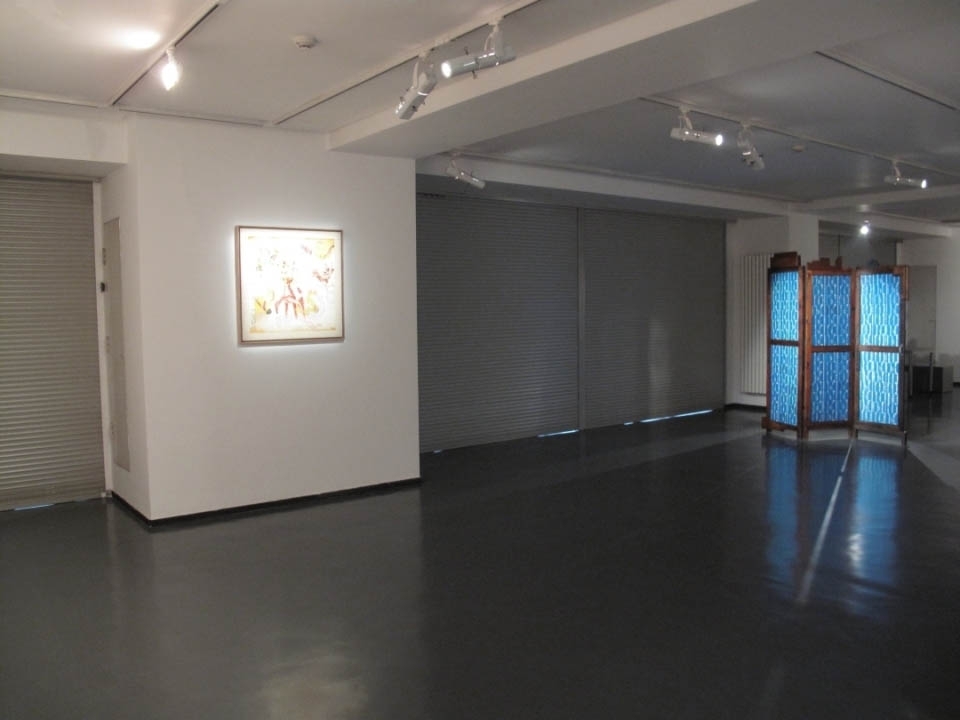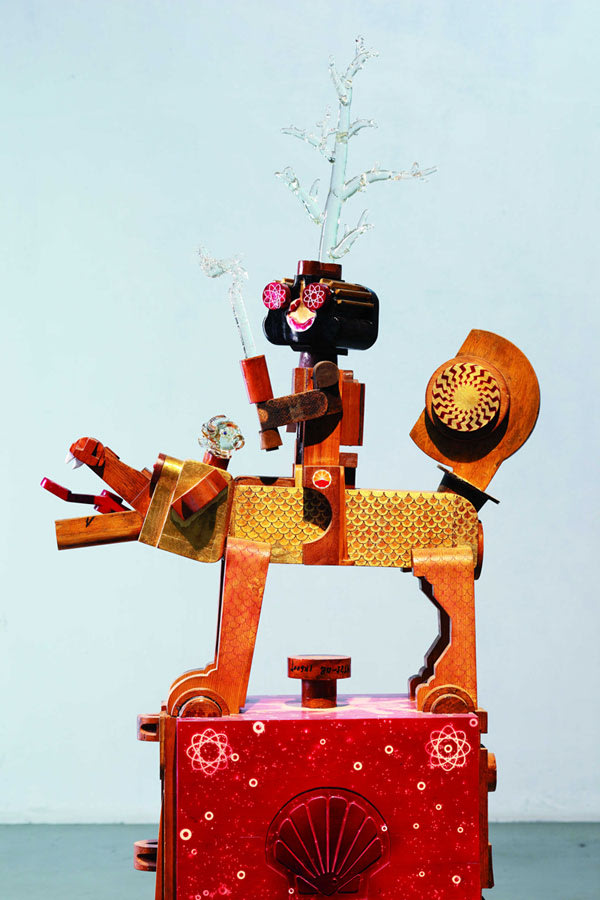Art, can give out a view of the world?
Guo Xiaoyan
The works which Wang Mai has accumulated for several years are more like the daily homework or “mind notes”. It seems to have lots of uses: First, they exist as the artist’s mind clues, which are related to how to get his own independent judgment and thinking direction in such a complex uncontrollable world as an artist — artists need some context to clarify their positions. Second, for an artist, is the subject of society “intervention” and “criticism” a kind of value judgment, options of actions, or a practical reflection to the social political power? The artist wants his own thoughts to compete against the future power of the world, to get a contemporary quality in advance; but what’s the meaning when the art associate with the future changes of the world? Perhaps, Wang Mai will precipitate out some thoughts and questions in his mind when he is doing these works. These drafts are all concerning about his opinions to many questions. For example: in such complex reality world, how the art deal with the language complexity and the various political intention? Wang Mai said:”my art expression is almost inseparable with some major events in China and the world. Around 2000, I started to focus more attention to some social problems. More exactly, I expanded my focus to the international events, such as media violence, etc. ……Started from the work , I concern about the conflict between east and west in my works too…… highlights the entanglements of “national interest” and “energy”. I embodied “energy” into “Gas platform”, “threaten” into “shark”, “benefit” into “cow bone”. The installations and painting works, such as , , , reproduced the crises of global energy or the climate exchange in the creation ideas, and constructed a kind of contemporary method of Chinese traditional aesthetics from the visual point.” (From the interview with Wang Mai) Wang Mai places himself in this changing world, makes the anxiety of an era as his own background. These are related to the growth of his view of the world. In his those draft of thoughts, we can observe the artist’s work. We can find the artist proof his choice by hiding the memory “archaeology”. The generation of Wang Mai was grown up in the background which the whole nation was going a large-scale imagination. They have a special concern to the world situation changes. In fact, till now, the imagination of future China is still chaotic, vague and non-operation, but placed in our education and lives. In the reality, the frequency of satellites go into the space, the overflow of mobile and video phone, are cutting off the connection with the distant things in traditional spirit; the depression from rockets, spacecraft and clone technique, the happiness of making high-quality gene, are showing out the barren future. These are what Want Mai wants to discuss by art, and also the vigilance to his “future archeology” of today. In Wang Main’s painting works, the scenery of “today” is always a “parody” of the future. Compare with the futurology fantasy in the whole society around 1970, this seems to be a world situation imagination irrationally, absurd but true reality. Wang Mai repeatedly connects such thought with the unknown significance of art in his works: how this world which is under the control of energy, science, politics, and finance connect with the art? Wang Mai, with an attitude of playing games, turns this seemingly fictitious but objective existence and the memory of future imagination into a strange and noisy reverberation. What the artist does is judging. Perhaps their various alternative programs are beyond the future imagination of the difficulty. What the artist does is turning these basic materials of future knowledge archeology—the moments of these words—into their thoughts to the times and self existence, and self-examine by a prior historical see sight. This sense of history is not logical reasoning and value judgments, but a kind of work of conception and ratiocination. At this point, what we concern is that, as an artist, how to determine the relationship between yourself and the time, how to make your thoughts with contemporary quality— and how do you respond to these complex issues? In fact, the more concerned is whether the artist can transform our view of the world into a new subject by his work.














